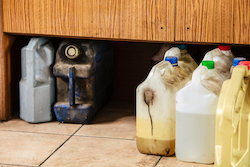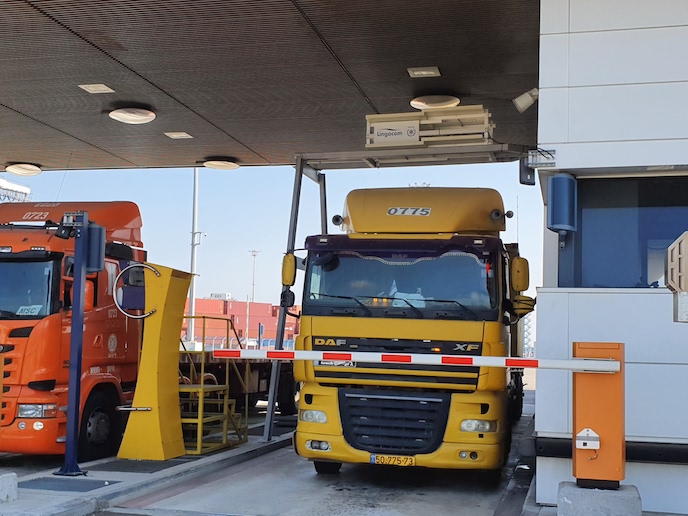Anticipating a new form of terrorism and helping first responders take action
Europe has experienced a number of terrorist attacks involving explosives during the last 15 years. The bombings in Madrid 2004, London 2005 and Oslo 2011 are some of the most notable at the start of this period, and the bombings in Brussels and Manchester two of the more recent. Legislators are reacting to this situation and researchers can help them in their work by providing scientific-based recommendations for regulations and alternative methods to counter the threat posed by home-made explosives (HMEs). The EU-funded EXPEDIA project has been doing just that, as Senior Scientist Dr Patrik Krumlinde explains, “We set out to increase the understanding of how terrorists create HMEs, what chemicals they start from and where they find them in the open market.” The project wanted to establish how easily an HME can be created, what basic equipment is necessary and what chemical knowledge is needed by the terrorist. In order to do so, EXPEDIA’s team looked at the different types of recipes and methods to prepare HMEs to establish their availability. The project partners have also assessed the equipment and the level of training and knowledge of the perpetrator that is required to prepare the material. “We have also carried out detonation tests in order to evaluate the efficiency and power of the HMEs produced by following different recipes,” says Dr Krumlinde. The work is already having an impact. The project has, on request, provided recommendations to the EC for the upcoming revision of the precursor regulation No 98/2013. In the proposal currently adopted by the EC, three out of four new regulations are in line with the recommendations made by the EXPEDIA consortium. “We have also showed that it would be possible increase the difficulty of using some common precursor materials in production of HMEs by the use of additives, which EXPEDIA refers to as ‘inhibitors’,” adds Dr Krumlinde. As one of the results of the project, EXPEDIA has created a European guide for first responders with basic instructions on how to interpret findings on a crime scene, when suspected bomb factories have been encountered. This comes in the form of an application for smart phones, intended for use by police and rescue services to help them identify clandestine laboratories. But why an app? “At first, we intended to develop a pamphlet but mid-way in the project we changed our focus to smart phones. Even though it is not the case today, it is probably only a matter of time before smart phones are in the hands of every police and rescue service workforce. It has a great potential to be an important tool in their ordinary, day-to-day work but also in these special cases when they can use our guide to identify possible bomb factories and can put the emergency services in direct contact with experts,” Dr Krumlinde says. The project surmounted several challenges to get to the point at which it was able to contribute to the general public’s safety. Dr Krumlinde describes finding suitable inhibitors intended for use with certain materials that can be used to make bombs, as one of greatest challenges they had to deal with. “Most of the precursors are widely used in society and it is necessary to find additives that do not have a negative environmental impact due to, for example, toxicity, while making sure adding them doesn’t push up the price.” The team have found some promising inhibitors but only one out of three is good enough for implementation at this stage – the others need more research. Dr Krumlinde feels the biggest challenge in general within the area of security of explosives, is to turn the research results into products or regulations that can have a positive influence and impact on society. The project has done well on that front. And the most significant outcome? He is clear on that, “Together with organisations throughout Europe, we are collecting information and are collaborating around these questions so that we can support the police, rescue services and legislators in their work for a safer and more secure society.” This cooperation, made possible through funding to the project, was key to its success, and that success is continuing, as Dr Krumlinde explains. “We are involved in several ongoing, security-related projects so the work carries on. At the moment we are working on establishing a European network of experts within this area and are evaluating EU-funded project results to identify future research initiatives.”
Keywords
EXPEDIA, security, terrorism, precursors, inhibitors, home-made explosives, HMEs, first responders, emergency services, app







